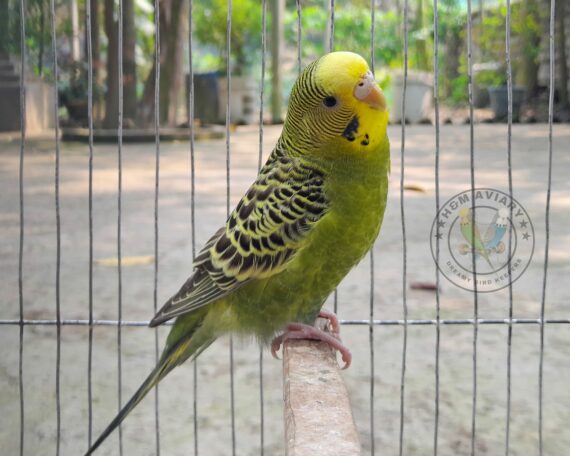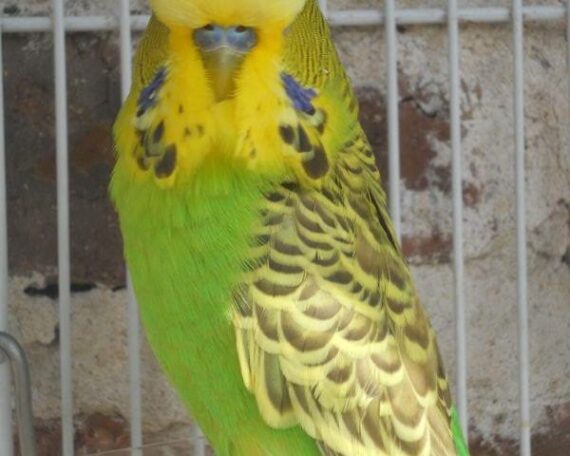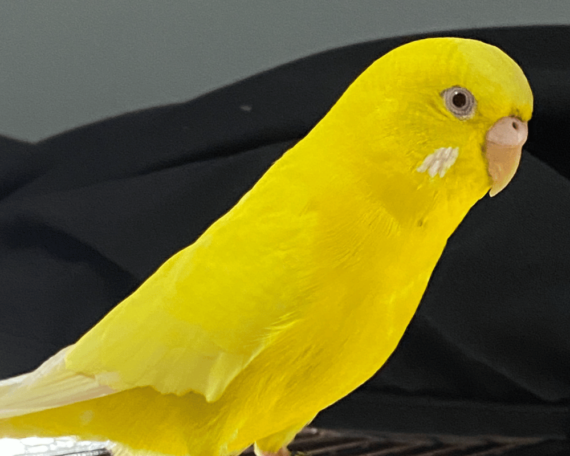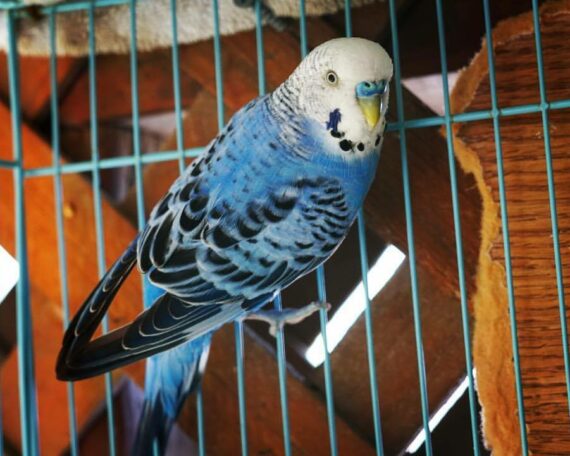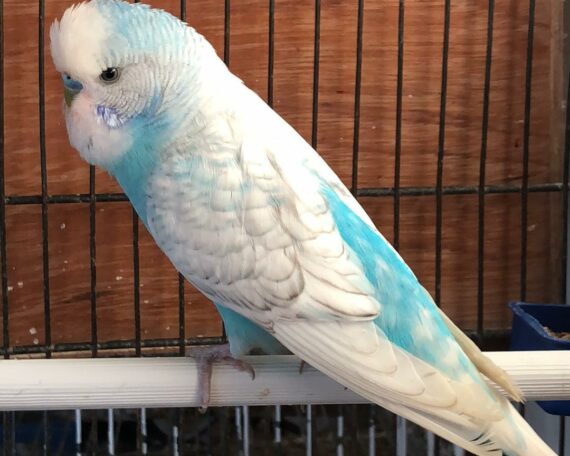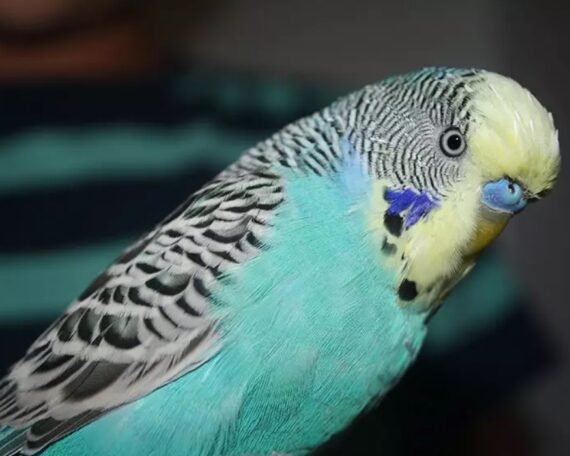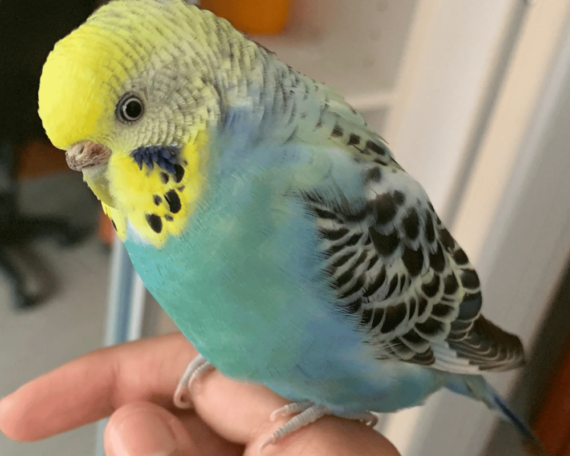Blue Budgie
Originating in a Belgian aviary in the 1880s, the Blue mutation was the second major mutation found in budgies. They remained rare until several individuals were exported to France in 1910, where they gained wide attention in bird shows. Blue budgies get their striking looks from the removal of yellow pigmentation, turning yellow faces white



